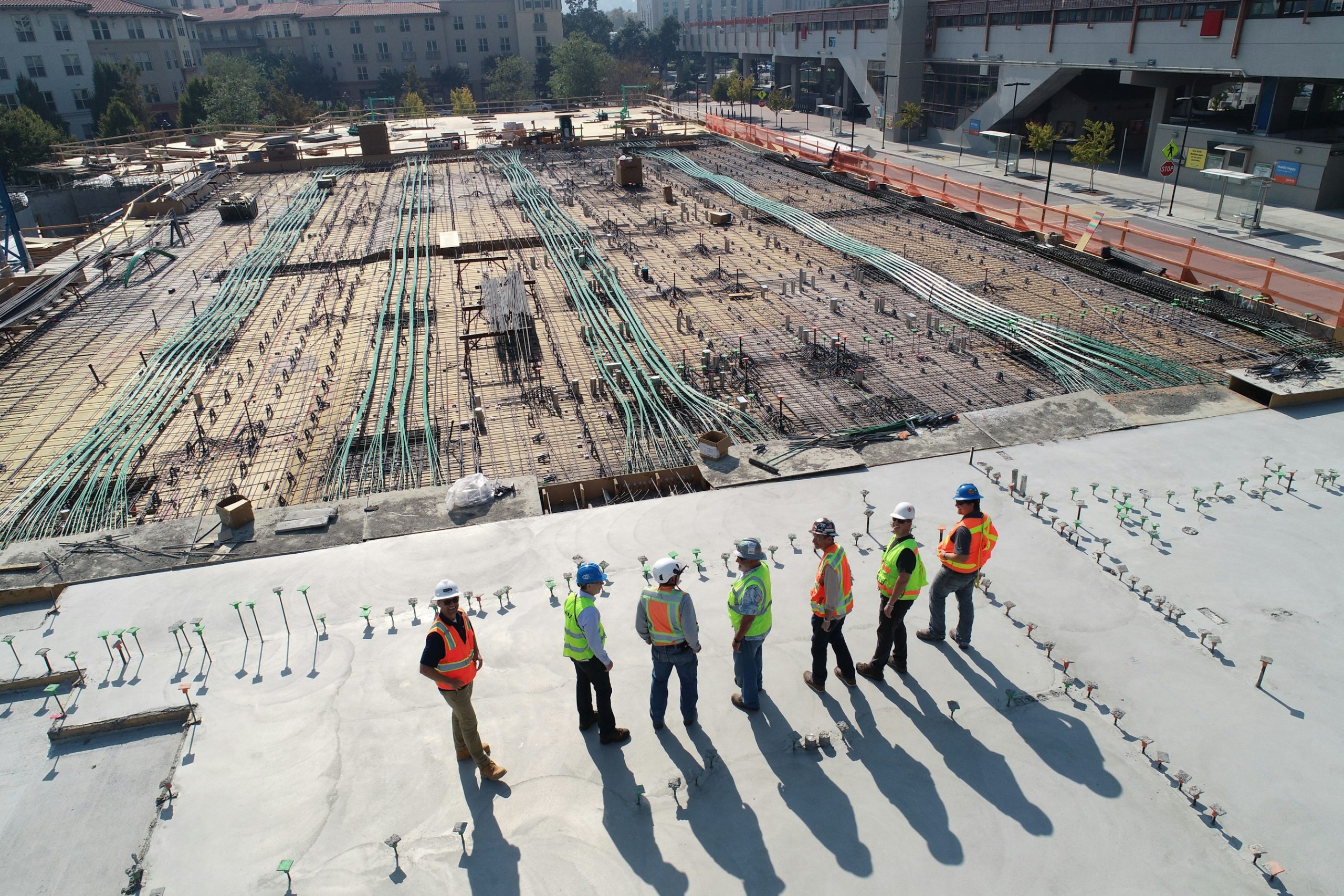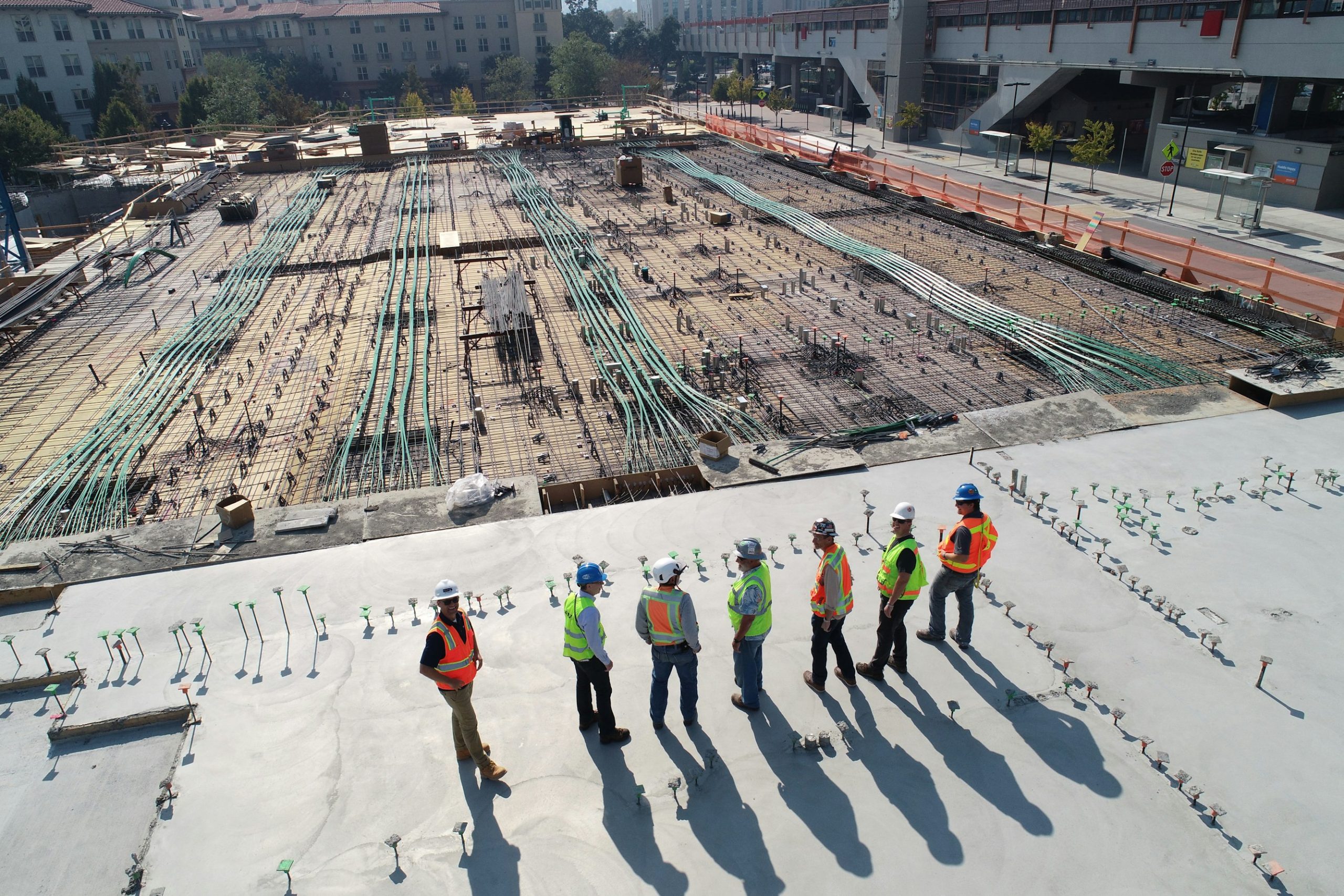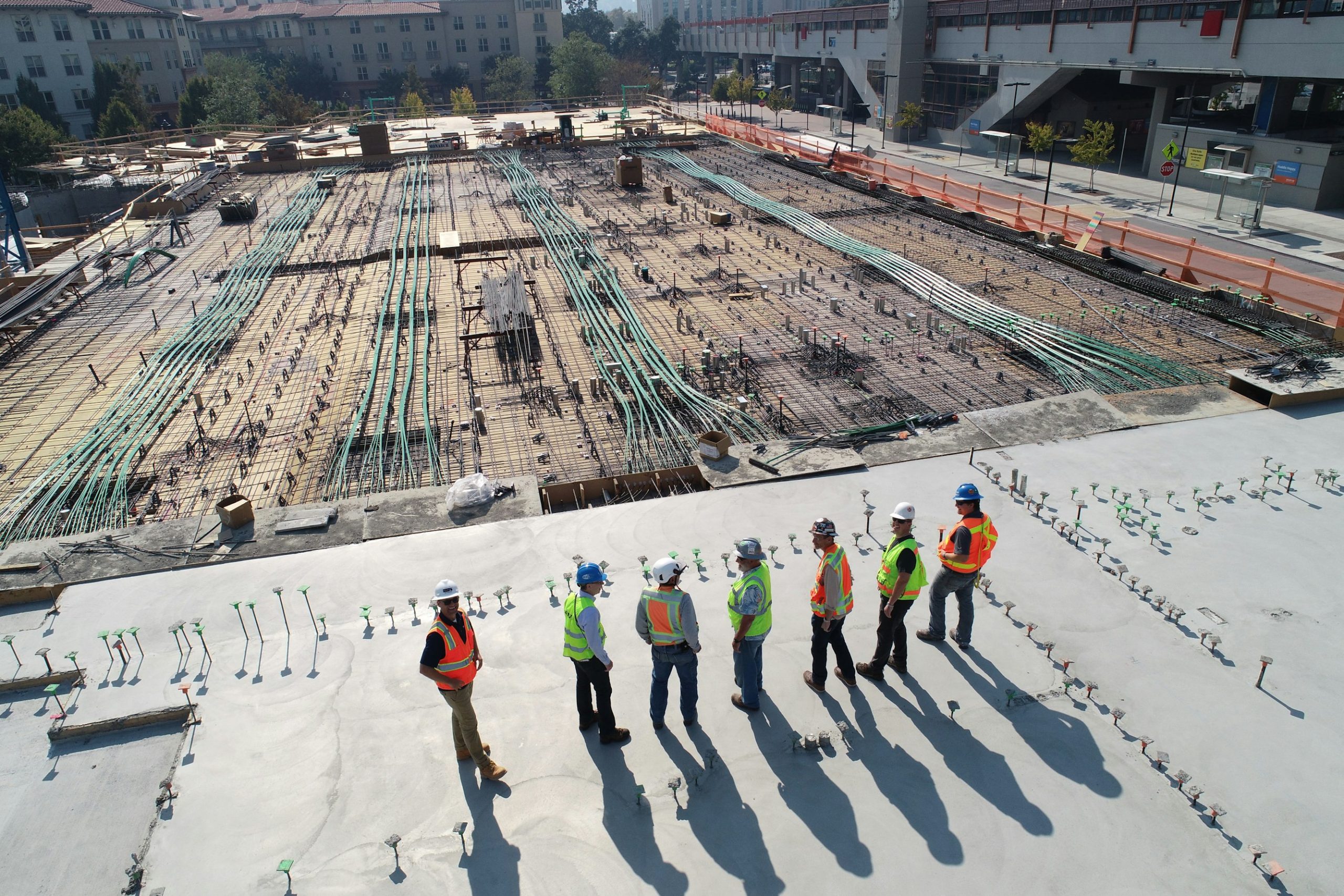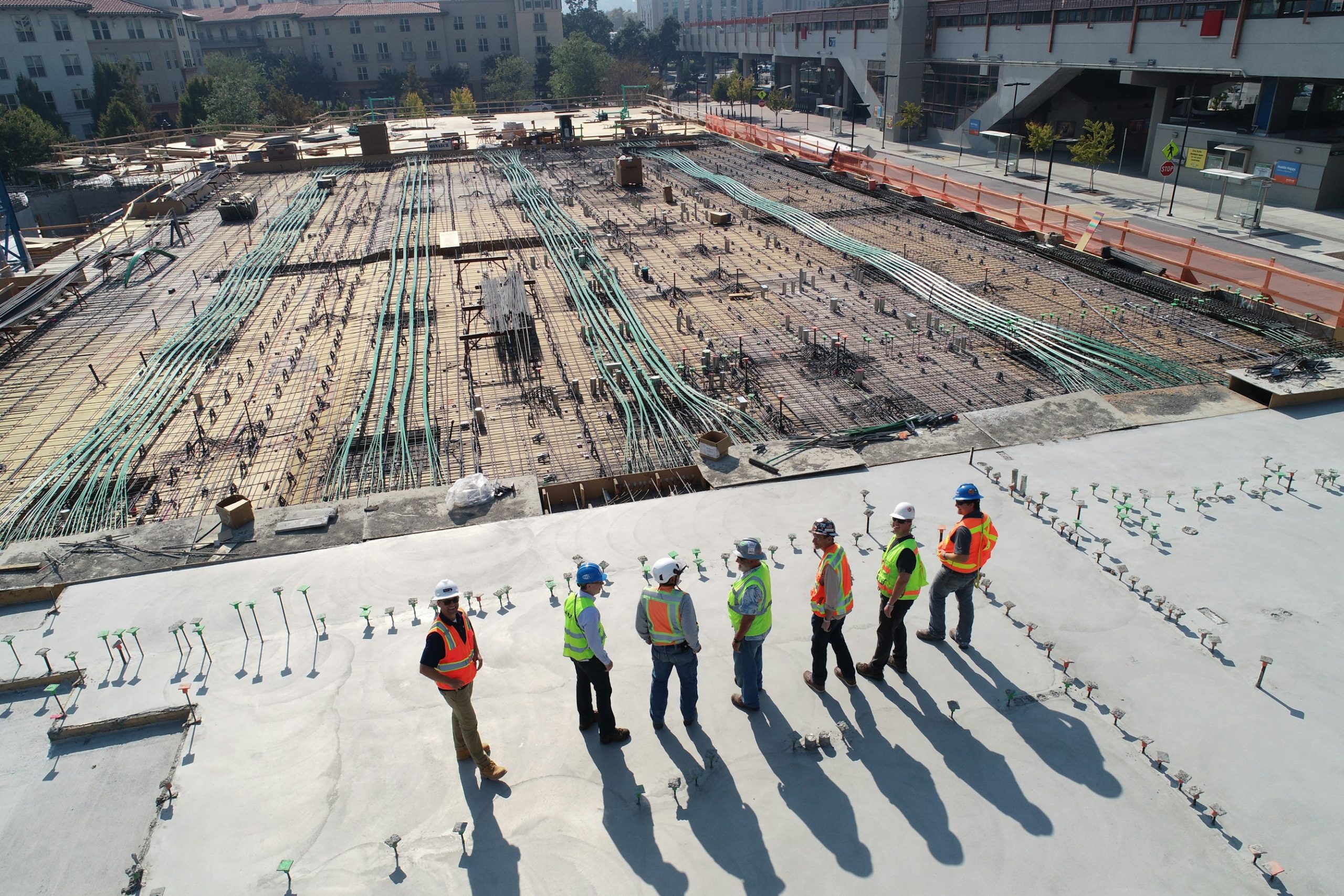Why Early Risk Identification Saves Millions in the Middle East
Construction projects in the Middle East have increasingly recognized the financial and operational benefits of early risk identification. Understanding potential risks before they escalate into significant problems not only saves money, but also improves project outcomes and operational efficiency. With the effective use of construction project management software, organizations are now better positioned to manage risks effectively.
Financial Benefits of Early Risk Identification
Early identification of risks in construction projects can lead to substantial cost savings. Advanced analytics, similar to those used in the financial sector, can uncover emerging risks, allowing for timely interventions that prevent costly mistakes and minimize financial losses. By leveraging data-driven insights, organizations can redirect resources effectively, achieving improved efficiency and enhancing their overall financial health. This leads to meeting project goals within budgets, reducing overruns, and optimizing resource allocation.
Operational Benefits of Risk Management
Engaging in early risk identification empowers organizations to build resilient frameworks capable of withstanding various threats—a necessity in the volatile construction environment of the Middle East. This resilience fosters better decision-making and enhances the ability to navigate complex markets. Tools such as construction document management systems are vital in facilitating enhanced communication among teams, fostering a collaborative culture focused on risk mitigation. Moreover, streamlined project documentation and communications enhance operational efficiency and overall workflow in construction projects.
Regional Challenges and Priorities
In the aftermath of COVID-19, risk management has climbed to the top of the priority list for procurement and construction organizations in the Middle East. A recent survey by PwC revealed that 62% of respondents reconsidered their priorities due to the pandemic, positioning risk management ahead of digital transformation as the primary focus. The rapidly evolving digital risk landscape further underscores the importance of early risk identification. AI-driven risk management is projected to play a significant role not just in construction but across various sectors like financial services and healthcare in the coming years.
Use of Advanced Technologies
Leveraging AI-driven construction management and advanced analytics is crucial for identifying and mitigating risks early in construction projects. These technologies facilitate proactive risk management by providing actionable insights that ensure project completion on time and within budget. In cybersecurity, AI-powered Human Risk Profiles (HRPs) can enhance risk mitigation by tailoring personalized security awareness training. This proactive approach addresses high-risk behaviors effectively, improving organizational resilience.
Best Practices for Effective Risk Management
To maximize the benefits of early risk identification, organizations should adopt several best practices:
- Data-Driven Decision Making: Utilize advanced analytics and data-driven insights to identify and mitigate risks early, enhancing overall efficiency.
- Collaborative Culture: Implement tools, such as construction document management systems, that promote collaboration among teams to improve communication and risk mitigation efforts.
- Adaptive Training: For cybersecurity risks, deploy adaptive security awareness training tailored to individual risk profiles, improving employee engagement and reducing breaches.
Zepth’s Role in Construction Management
Zepth’s extensive suite of tools, including construction project management software and AI-driven construction management solutions, significantly aids in early risk identification and mitigation. These tools enable organizations to construct resilient frameworks, optimize operations, and achieve substantial cost savings. By harnessing Zepth’s advanced analytics and data-driven insights, construction companies in the Middle East can effectively navigate the region’s volatile environment, ensuring project success. Discover more about how Zepth can facilitate early risk identification by visiting the Zepth Risk Management page.
In summary, early risk identification stands as a crucial factor in the construction sector within the Middle East. Its potential to save millions through cost control, operational enhancement, and harnessing advanced technologies cannot be overlooked. By embracing best practices and utilizing tools like those offered by Zepth, organizations can construct resilient frameworks that adeptly navigate the complexities of the region’s construction landscape.




